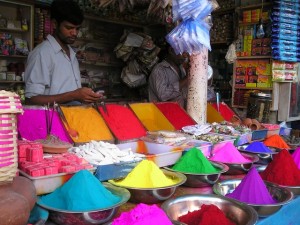India has one of the largest pharmaceutical industries in the world and supplies low-cost medicine to countries around the world, but it works much differently than in the United States. In 1970, the Indian government stopped honoring patents for food and drugs. With such a large poor population many see this as a necessity to be able to provide inexpensive drugs to those that need them.
After this law was enacted, large companies didn’t see India as a great investment and pulled out, while the Indians mastered the art of reverse-engineering medicines. There is still some innovation in creating new pharmaceuticals but the market for these inexpensive drugs continues to grow quickly.
President Obama recently paid a visit to India and has urged the Indian government to adopt patent intellectual property laws that mirror those of the United States but this may have far-reaching consequences. This would price millions of people in India out of being able to purchase these drugs. Tuberculosis, for example, is a huge problem in developing countries like India and these drugs help combat it. India also sells affordable pharmaceuticals around the world so millions of these people would not be able to afford the drugs they need either.
Medicine Without Borders (MSF) has got involved as well after reading a draft of new intellectual property regulations. The United States has been pressuring the government to adopt more stringent patent protections to spur innovation but MSF contends that more stringent patent protections actually hurt innovation and pointed to numerous studies supporting this.

